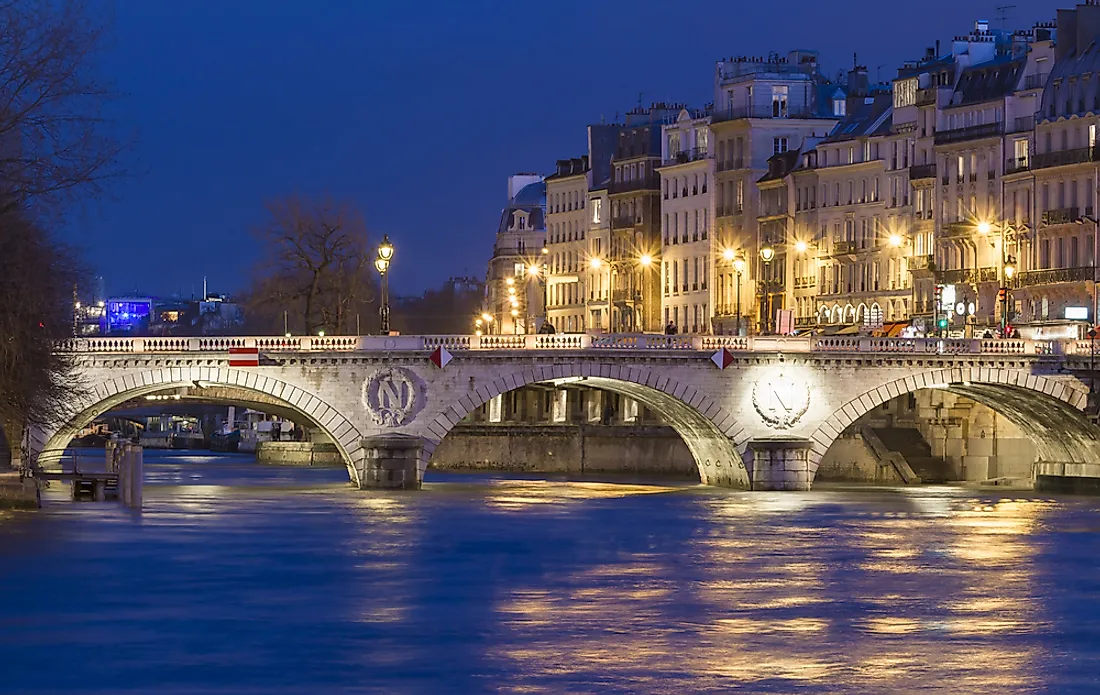What Was the Paris Massacre?

The Paris Massacre of 1961 took place on October 17, 1961. Until 1998, the official death toll was 3 – in 1998, the Paris government acknowledged that “a few dozen” had died. So what were the real events of the Paris Massacre, anyway? In order to understand what occurred, it is critical to look back at the context of the event.
Algerian War
From 1964-1962, the Algerian War took place. Algeria was a colony of France and in 1954 there were 1 million French people living in Algeria and 9 million Algerians living in Algeria. Most of the French folks were wealthier than the Algerians. There were about 200,000 Algerians living in France at the time. In 1958, Charles de Gaulle was reinstated to power and this provoked the Crisis of May 1958. Upon his reinstatement, de Gaulle called for a new constitution wherein all French colonies were afforded the choice to vote for the constitution or regain their independence. Algeria, however, was not included in this choice because the country was not considered a colony, but instead was considered “three departments”. The Algerian National Liberation Front (FLN) began their fight for independence.
Another key component of the context is the makeup of the French police at the time. Maurice Papon was the head. He was brought to trial—and convincted—in 1997/98 for the role he played in assisting Nazis with their round up of Jews in France during the Second World War. He was responsible for more than 1,500 Jews being deported between 1942 and 1944. Prior to his appointment to the Paris police force, Papon had been stationed in Algeria and was known for his use of torture against and repression of the population there.
From 1958-1961 the FLN and the police force in Paris had been at war. There were round ups of Algerians on the part of the police, bombings against the police by the FLN, and so forth. Papon retaliated by having regular raids of Algerian neighborhoods and holding civilians in detention centers, repurposed from old buildings. People were arrested for “looking” Algerian and not having their papers on them. There were rumors of torture and people being thrown into the Seine with their hands tied behind their back.
The Protests Begin
On October 5, 1961, Papon announced a curfew from 8:30 pm to 5:30 am for all “Algerian Muslim workers”, “French Muslims” and “French Muslims of Algeria”. The French arm of the FLN encouraged all Algerians in Paris to demonstrate against the curfew. Protestors gathered on October 17th, and of the roughly 150,000 Algerians living in Paris at the time, 30,000-40,000 gathered in protest. Papon was prepared for the protest and with his force of 7,000 policemen, he successfully blocked public transportation. The anti-war protestors were peaceful, however the police were not. Of the protestors, 11,000 were arrested, and dozens were thrown into the Seine. According to the official report from Papon, 3 individuals died.
The true events of the day remained unacknowledged by the French government until 1998 when they confirmed “dozens of deaths” and then in 2012, when they stated that there were roughly 40 deaths. Jean-Luc Einaudi, one of the leading historians of the event, believes the number to be higher (around 200) and includes a confirmed 110 bodies recovered from the Seine around the same time. In 2001 a memorial plaque was placed near the Saint-Michel bridge.











